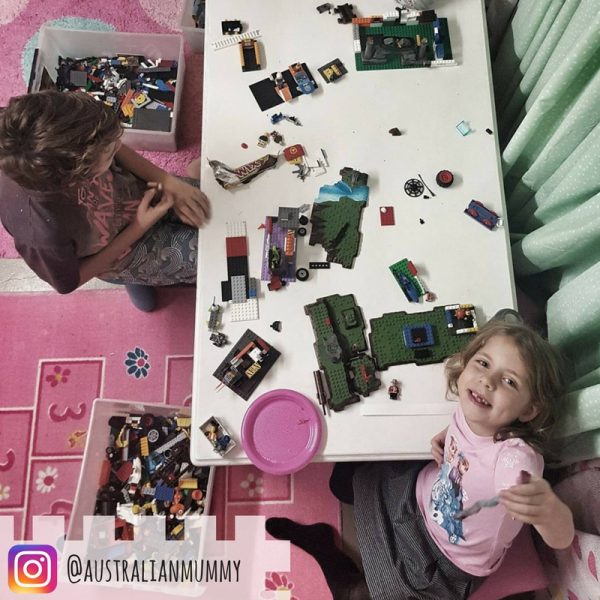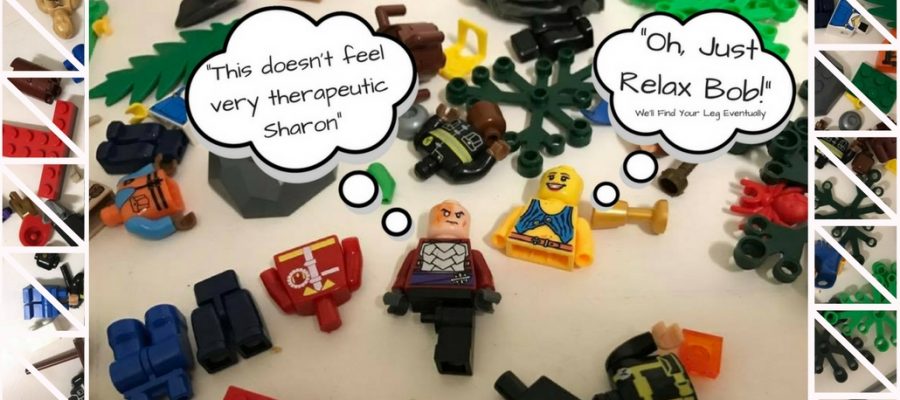Lego Therapy activities are beneficial for children and adults.
You might call it “playing with lego” but we call it LEGO Therapy. This is because it brings so much value to us on a therapeutic level.
A Lego session often incorporates the same things I see in a therapy session with my son’s OT.
Lego as a regular activity in the home is a great way to follow up on strengthening any of the skills listed below. This includes working as a team, family time, fine motor skills and finger strengthening.
LEGO promotes healthy imaginative play with the inclusion of several social and educational elements.
This doesn’t just cover LEGO therapy for developmental purposes. For all children, of all ages and skill level, LEGO educational elements which are applied elsewhere in everyday life.
LEGO Brings Everyone Together
Next time you play with LEGO, take note of the teamwork involved. Helping each other find the right pieces, sharing space around the LEGO pile and building models together.
LEGO Therapy encourages children to work as a team, respect each other’s space and share with each other.
LEGO is a great relationship building activity within the home because families with children of all ages can join in.
You may even find LEGO can be a calming, quiet activity where children are more inclined to discuss what is going on at school and any concerns they have.
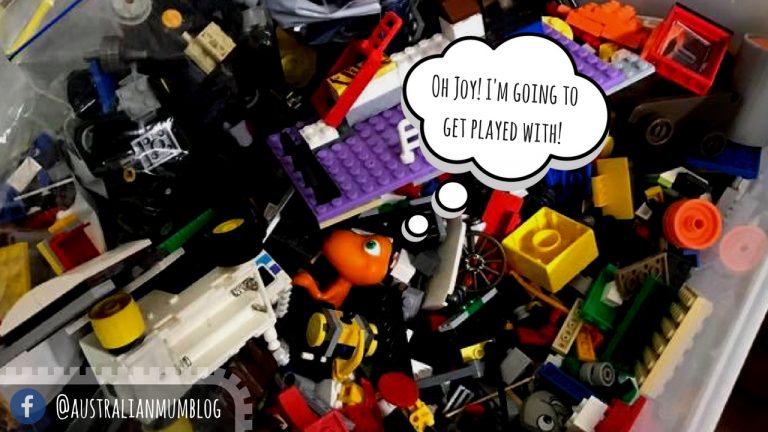
LEGO Therapy Activities Promote Fine Motor Skill Development
Fine motor skills involve the use of the smaller muscle of the hand. Next time you play with LEGO take note of the different amounts of pressure and strength you are using when putting different blocks together.
It’s easy to see why LEGO therapy is an excellent way to improve fine motor skills which are also used in Handwriting and many other daily activities at school.
LEGO Can Help Calm Your Easily Frustrated Child
I have certainly been here with my children before! Lego Therapy Activities Get Easier!
Children who become frustrated can benefit from LEGO as once the skill level is identified, the right projects can be encouraged. If you make LEGO part of a weekly routine, fine motor skills will improve over time.
Initially, this might be difficult in cases where a child has developed a mindset where LEGO is frustrating from the moment they start building.
This is a bit of a brain training challenge, your child needs to go through the motions to understand, LEGO doesn’t need to be stressful.
Choose things that are fun, but easy to build. Creative, but don’t require large models and complex pieces. If you have a child who gets frustrated with LEGO and it interferes with enjoying the activity I have other hints and tips in the links below.
LEGO Really Puts Your Childs Thinking Cap On!
Problem Solving & Planning with Lego Therapy Activities
Isn’t it great when your child plans to build something! Picture this:
“Ryan has planned to build a forest full of mysteries, hidden treasures and exciting adventures. First, he needs to find all of the right pieces. He trawls through the LEGO collecting all of the garden pieces. He interchanges his character’s clothing so they suit the theme.
When he finds pieces with missing hands and arms, he works towards putting them back together. He builds the garden first and then places the people within it. Lastly, he finds accessories and interesting treasured to hide in the garden. “
I have a 10 year old who has an acquired brain injury post cancer and LEGO Therapy has been some of the best therapy! It’s helped me keep up with his motor skill level easily and it’s something I can help him with at home on top of his professional therapists.
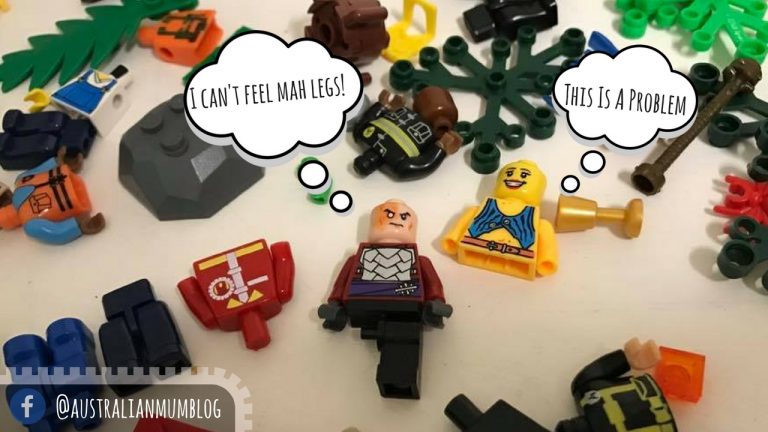
LEGO Can Bring Out Confidence & Boost Self Esteem
LEGO has different stages for different ages.
From a young age, I remember playing with LEGO DUPLO as one of my favourite activities. As the years have passed the LEGO range has expanded with different sets tailored to ages 0 – 12+. As your child grows to learn different levels of building expertise this comes with a nice confidence boost!
Your child doesn’t have to be able to build epic models to become confident with LEGO. Confidence isn’t just earned from construction. Creativity, imagination and pretend play also has its own self-esteem rewards.
Often during our LEGO Therapy sessions, my child will set out to build a small car, but once the ideas start flowing he has cars that fly with wings, speed racers and a storyline that fills his LEGO session with imaginative & rewarding play.
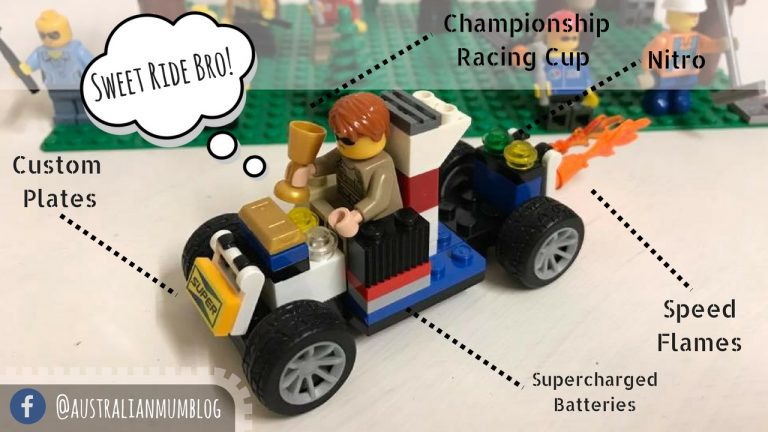
LEGO Is More Than Just Building
I’m sure by now you know playing with LEGO is creative. Have you ever sat down with your kids for a LEGO session and found yourself still there a couple of hours later?
Recently I had a LEGO session last FOUR hours before we realised we were hungry!
LEGO therapy harnesses creativity.
It’s a free-range activity, yet it also has structure. You imagine, you plan, you problem solve, you create. It keeps you fairly on task even when you are building different things, switching back and forth between models.
The creativity you are only limited by a number of blocks you have. Everything else is open to your imagination.
